The transition to school is a milestone that's often awaited with a mix of excitement and nervousness, not just by children, but also by their families and educators. It's a big step up from the cosy, play-based environment of preschool: it's the start of a more structured educational journey.
But what does it really mean for a child to be 'ready' for kindergarten?
I can guarantee you It's not simply about being able to recite the alphabet or count to ten contrary to what many parents are told.

Image created with the use of Dall-E 3 AI
School readiness and transition covers lots of important skills - social, emotional, physical and thinking abilities. The move from preschool to school is an important time where these skills are practised and strengthened, helping set children up to thrive as they start primary school.
This transition is so significant because it's not just about change; it's about growth. During this period, children undergo rapid and profound developmental changes.
They're learning how to navigate through bigger rooms, integrate into larger and more diverse groups of peers, follow more complex rules, and engage with a more structured, academic curriculum.
They're becoming more independent, more self-reliant, and more resilient, all of which are vital skills they'll need not just in school, but throughout their lives.
The role that we, as early childhood educators, play in this process is vital.
We're the ones who can provide the play-based experiences and opportunities that enable children to develop these skills.
We get to spark their curiosity, boost their confidence, and nurture a passion for learning that will stay with them through school and life.
By guiding children's development during these vital early years, we set them up with the skills and mindset to lead their own learning.
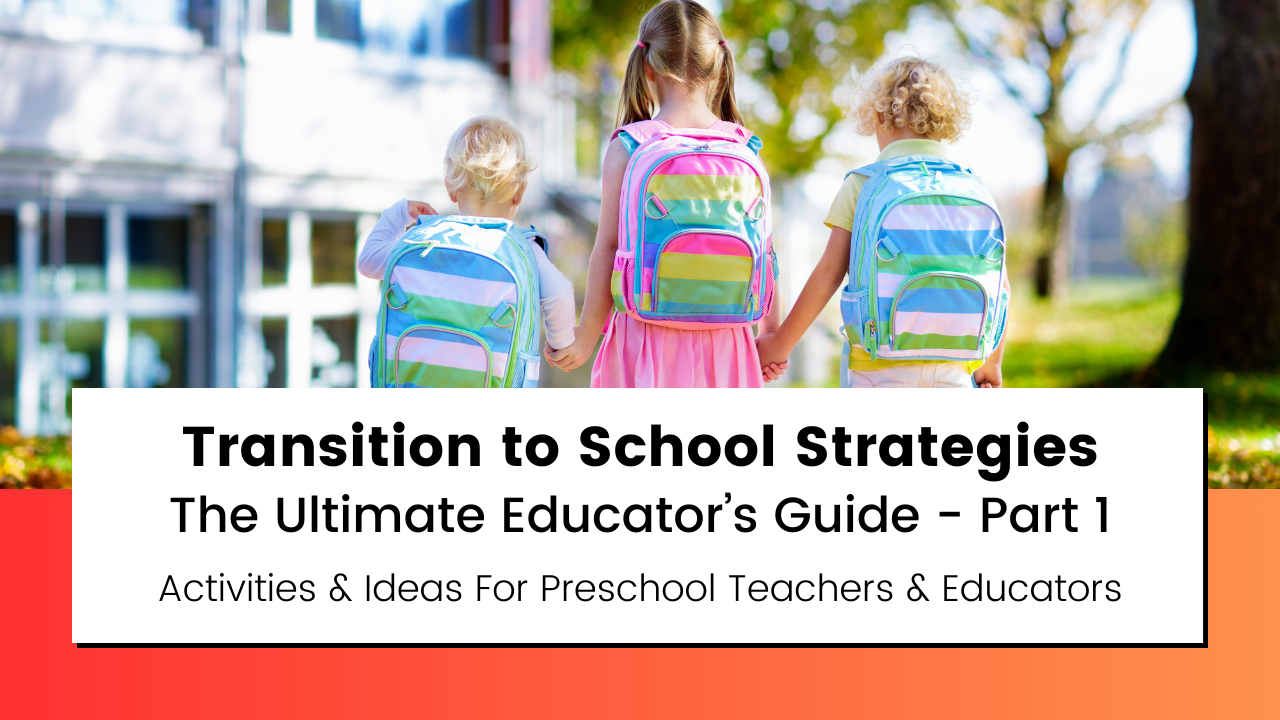
Keep Reading To Discover...
Practical strategies, activities, and examples that can help preschool teachers to achieve this while preparing children to move into the more formal learning environment of school.
We'll explore the importance of play-based learning, family engagement, emotional resilience, and the child’s own voice during this preparation to ensure the magical moment of ‘readiness’ is confidently reached for each child….and that doesn’t mean just checking off some boxes on a form!
So, whether you're an early childhood educator, a preschool teacher, or family daycare educator, this guide is packed with strategies and steps you can follow to make the transition to school phase easier and less stressful for both educator and child.
No time to read through this post at the moment?
Listen to a condensed version of part 1 and 2 on the go instead!
The Impact of a Pandemic on School Readiness
In recent times, the importance of a smooth transition from preschool to school has become even more apparent due to the disruptions and stress caused by the COVID-19 pandemic.
Many children have had their preschool experience cut short, or altered in significant ways, leaving them potentially less prepared for the transition to school.
For some, this abrupt change may have caused anxiety, uncertainty, and a range of other social and emotional challenges.
These extraordinary circumstances have made it even more essential for us to ensure that the transition to school is as smooth as possible.
We need to be flexible, creative, and empathetic in our approach, and to work closely with families and school teachers in our community to support children during this important time.
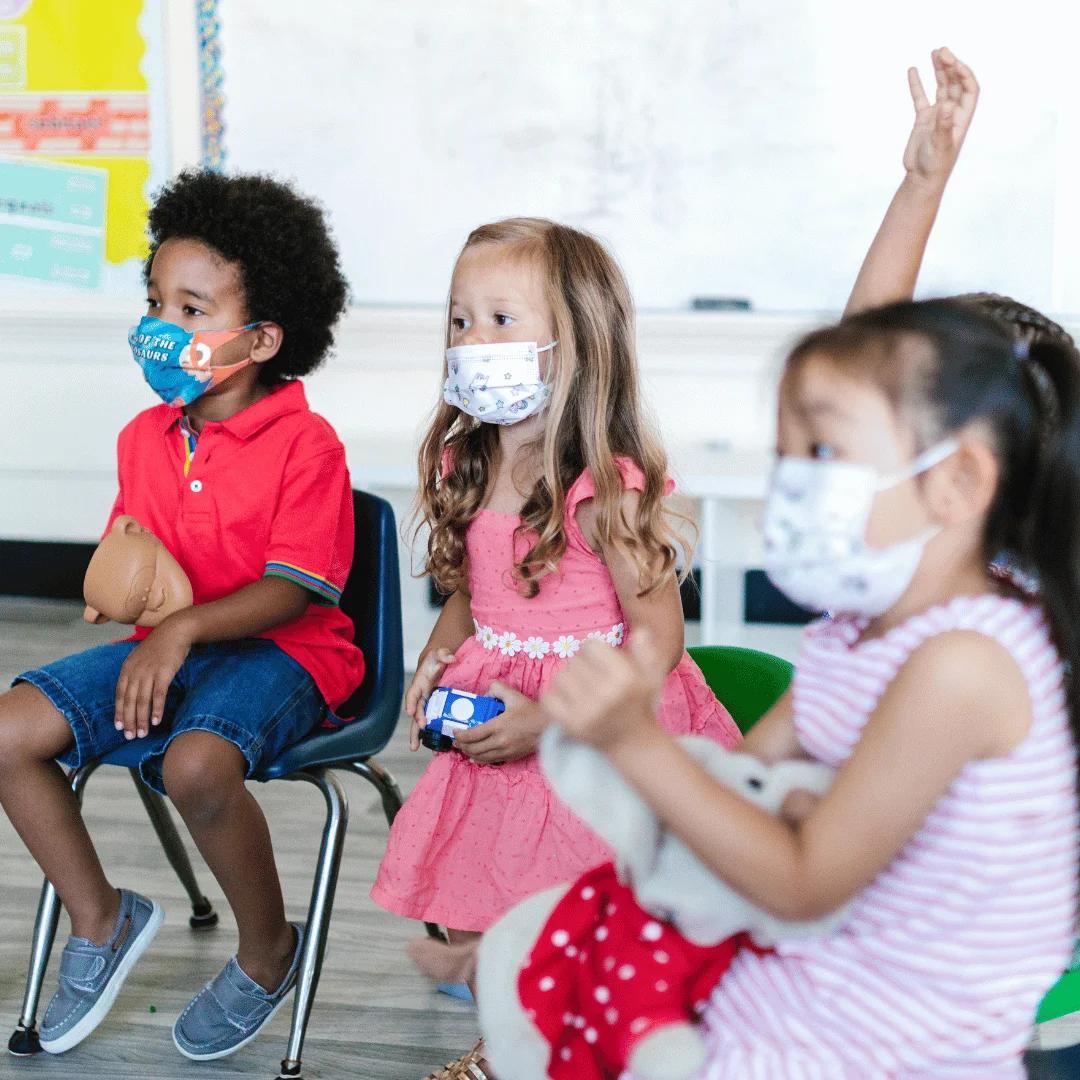
Supporting Each Child's Personal Learning Journey
It’s essential that we first recognise and understand the developmental differences that children display, especially during the transition from preschool to school.
As early childhood professionals, we know that every child is unique, each developing at their own pace and in their own way so it’s important to recognise and respect these developmental differences, then adapt our intentional teaching strategies and transition to school activities accordingly.
This is not about 'labelling' children or categorising them into 'advanced' or 'behind'. Instead, it's about understanding where each child is in their own individual developmental journey and providing them with the right support and challenges to expand on their progress.
For instance, some preschool-age children may already have a strong grasp of language and be able to articulate complex ideas and feelings. Others may still be working on forming complete sentences and expressing basic emotions.
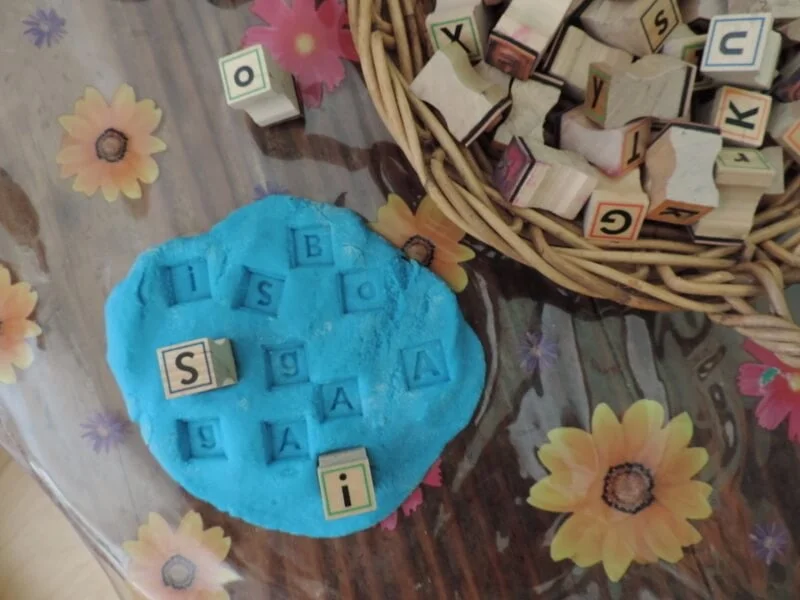
Similarly, while some children might excel in fine motor skills like cutting with scissors or drawing detailed pictures, others might still be strengthening their hand-eye coordination.
These differences are not just normal, but expected. They remind us that children are not uniform beings; they're individuals with their own strengths, interests, and areas for growth.
This understanding of developmental differences is particularly important as children transition from preschool to school, as we know the learning environment and interactions change significantly from our own early education environments.

In preschool, play-based learning is the foundation of the curriculum and framework.
Children are given ample time and space to explore, experiment, and learn through hands-on experiences (or they should be!). They're encouraged to use their imagination, follow their curiosity, and engage with the world around them in a way that's meaningful to them.
This doesn't mean that play-based learning automatically must stop when children enter kindergarten or school .However, it does take on a different form and varies significantly depending on the teacher and school.
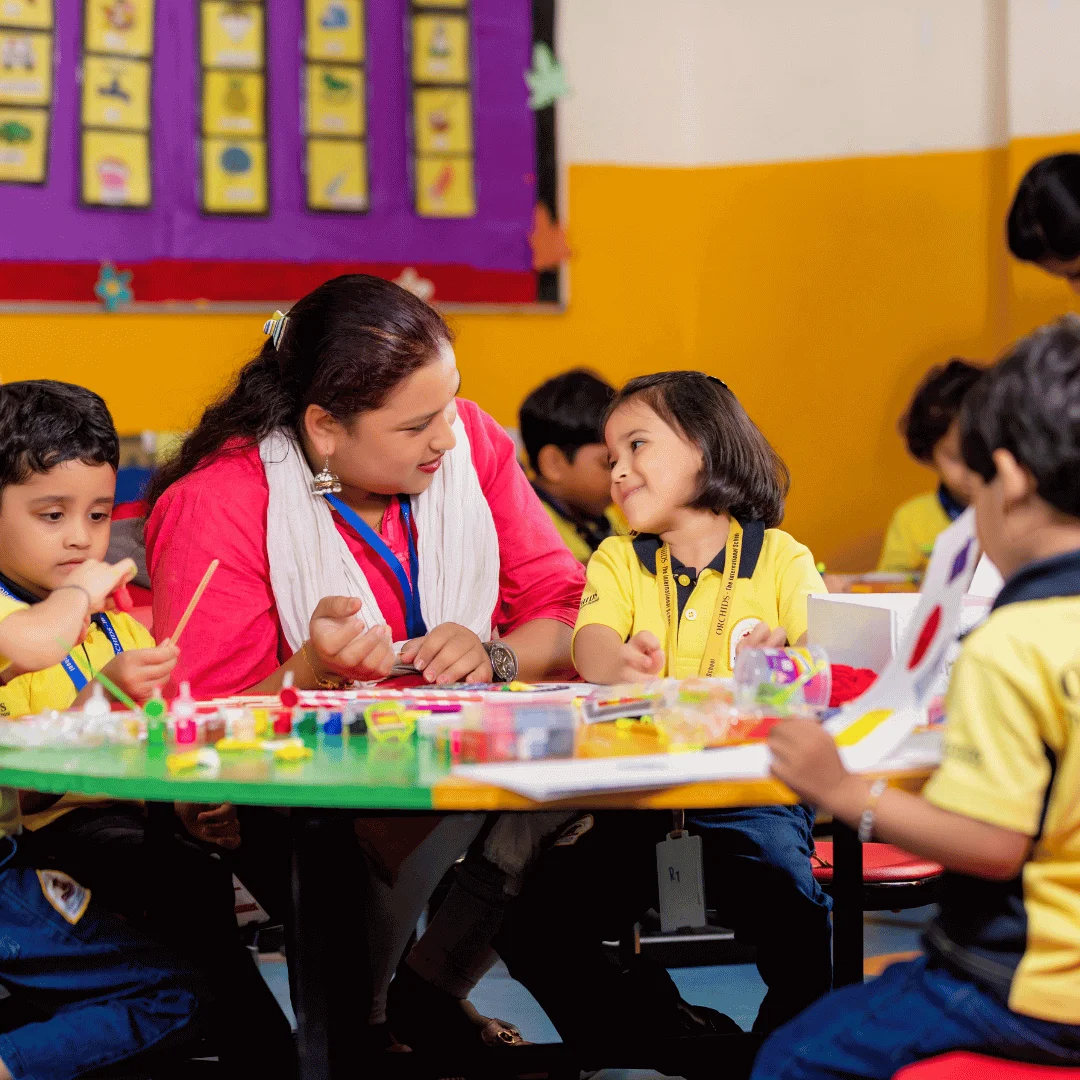
We know that there's a greater emphasis on structured activities, group work, and academic skills like reading, writing, and maths. It's a balance between child-initiated play and teacher-guided learning.
I’ll admit that I’d personally like to see a lot more opportunities integrated into school curriculums (and training for new teachers) to better support and promote inquiry based, curiosity led learning experiences into their day to day planning and projects, but unfortunately, at this stage in time, this often depends on the teacher and the resources and support available to them in their school environment.
And I say that not only from the early educator perspective but also from a parent who has had 3 girls go through primary school - all who were fortunate to have had access to a play based early education - both at home with me , in family daycare and also excellent early learning centres.

jodie clarke - the empowered educator
No matter what school children are moving toward from preschool, understanding and respecting developmental differences in early education settings is an important element of making this transition smooth and successful for both educators and children.
How Could An AI Education Assistant Help?
Before I give you some ‘Artificial Intelligence Prompt’ questions to use with chatbots that will help you to better support a child’s unique learning journey, let me give you a quick overview of what it means to ‘prompt’ so you can chat with an AI Assistant in a way that is most useful to you as an educator.
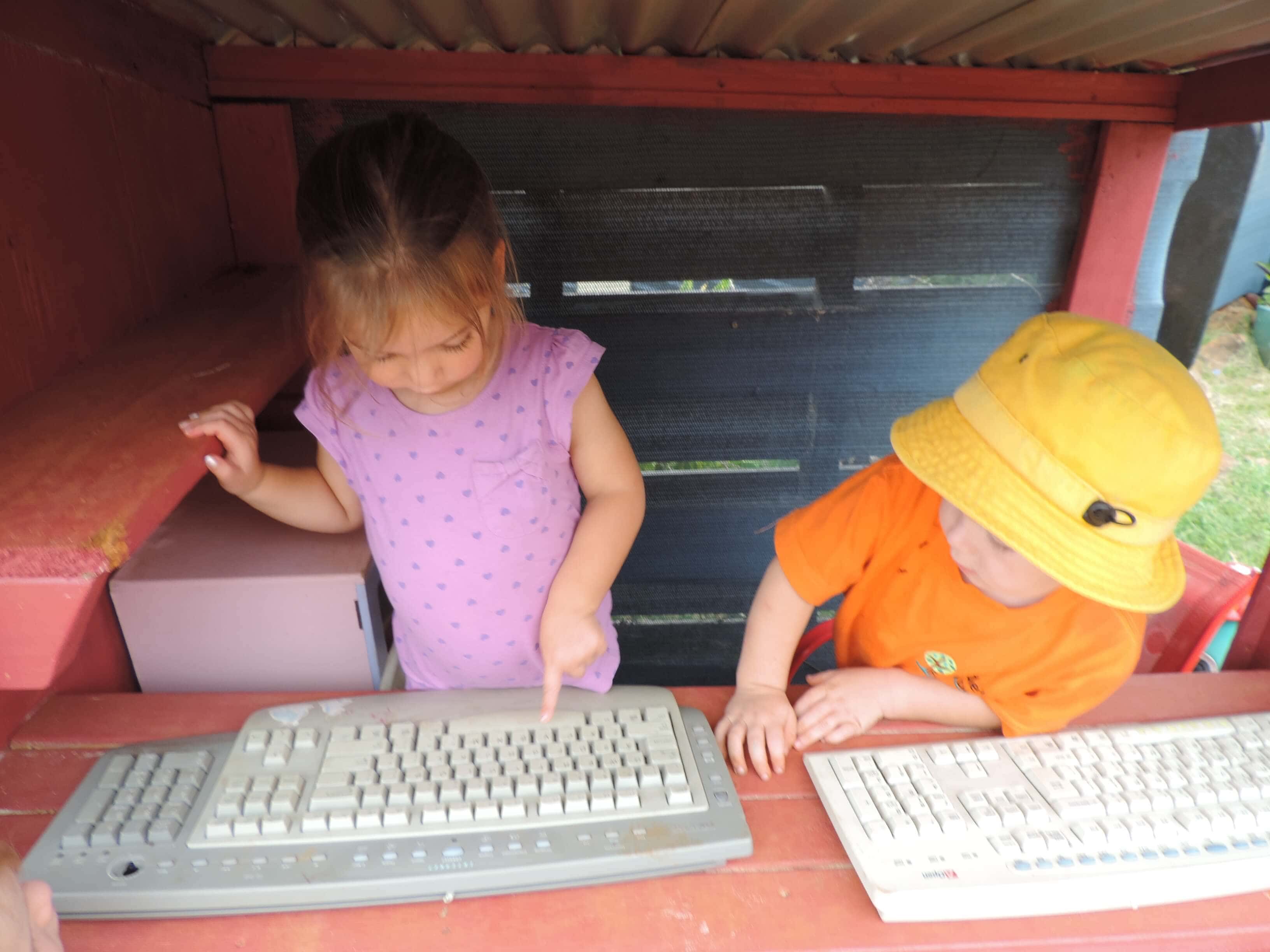
Why Do Educators Need To Learn How To ‘Prompt’ AI Chatbots?
When you begin working with an Artificial Intelligence (Ai) Chatbot as an educator it's important to understand that they can't automatically provide recommendations or ideas unless you specifically ask for them. This is called "prompting" in the world of AI - it simply means asking your AI Chatbot (or Assistant as I prefer to call them), a question, or giving them some specific details about what information would be useful to you so it can give you a helpful response.
You generally don't need to worry about using exactly the right words, spelling or phrasing, you can speak to an AI Assistant conversationally just like talking to a fellow educator or mentor. You’ll then chat back and forth until you receive the information you’re after that is relevant to your specific needs - this is where your expertise as an educator, knowledge of the child and understanding of how to phrase effective ‘prompts’ comes in.
The better you get at prompting, the less time it will take to get what you need.
Take a look at the example chat I've shared below to see what I mean about continuing your conversation to get more detailed and helpful information...
Academy AI Assistants & Mentors
If you’re using the Empowered Ed AI Assistants and Mentors inside the Academy then it’s even easier and faster for you because I've trained all of my AI Mentors to understand questions from early childhood educators and provide helpful information in the areas I know we need the most support…including aligning with and understanding the EYLF, developmental milestones, planning cycle steps, age appropriate activity/extension ideas, analysing learning, linking to outcomes, writing meaningful observations and so much more!
If you’d like to understand more about how to prompt and use an AI Assistant you can register here for my on demand workshop and I’ll walk you through visually step by step.
Now that you have a better understanding of how important it is to provide an Artificial Intelligence (AI) Educational Assistant with well thought out and specific prompts to get the information you want…let’s explore 3 ways that AI Chatbot prompts can help you to customise your planning and provide more specific activities to meet each child's unique strengths, interests and focus areas so you can support a more confident transition to school.
Don’t forget to add your own, more detailed, information into the prompt fill in the blank templates I’ve given you below to ensure the response you receive from the AI is relevant to your needs- you should always draw on your own early childhood training, experience and knowledge of the child when chatting with an AI Assistant or you will just receive unhelpful, generic answers in return and find yourself wondering what all the fuss is about with educators using AI.
Make it part of your routine when working with an artificial intelligence tools to also check their responses against your own expertise and understanding of early childhood education because it can (and will!) make mistakes.
How Could An AI Education Assistant Help?
Try the following example prompts with an AI Chatbot to help you explore the possibilities :
AI Assistant Prompt :
How it helps you:
AI Assistant Prompt :
How it helps you:
AI Assistant Prompt :
How it helps you:
Using artificial intelligence to help you in this way certainly aligns with the Australian Early Years Learning Framework (EYLF) as it emphasises the importance of educators being attuned to children's thoughts and feelings, and responding to their individual learning journey in a way that expands on and supports their individual interests, strengths, and play.
So how can we as early childhood teachers and educators provide a strong foundation for these children while in preschool?
Start Preparing with Play Earlier
To lay the groundwork for an easier, less stressful transition from preschool to kindergarten, it's crucial to start early. The more prepared children feel, the better they will be able to handle the changes they'll face next.
Armed with this understanding, here are several practical strategies that you can use to ensure your preschool children are well-prepared and supported for their transition into kindergarten:
Highlight School Topics in Play Activities and Invitations:
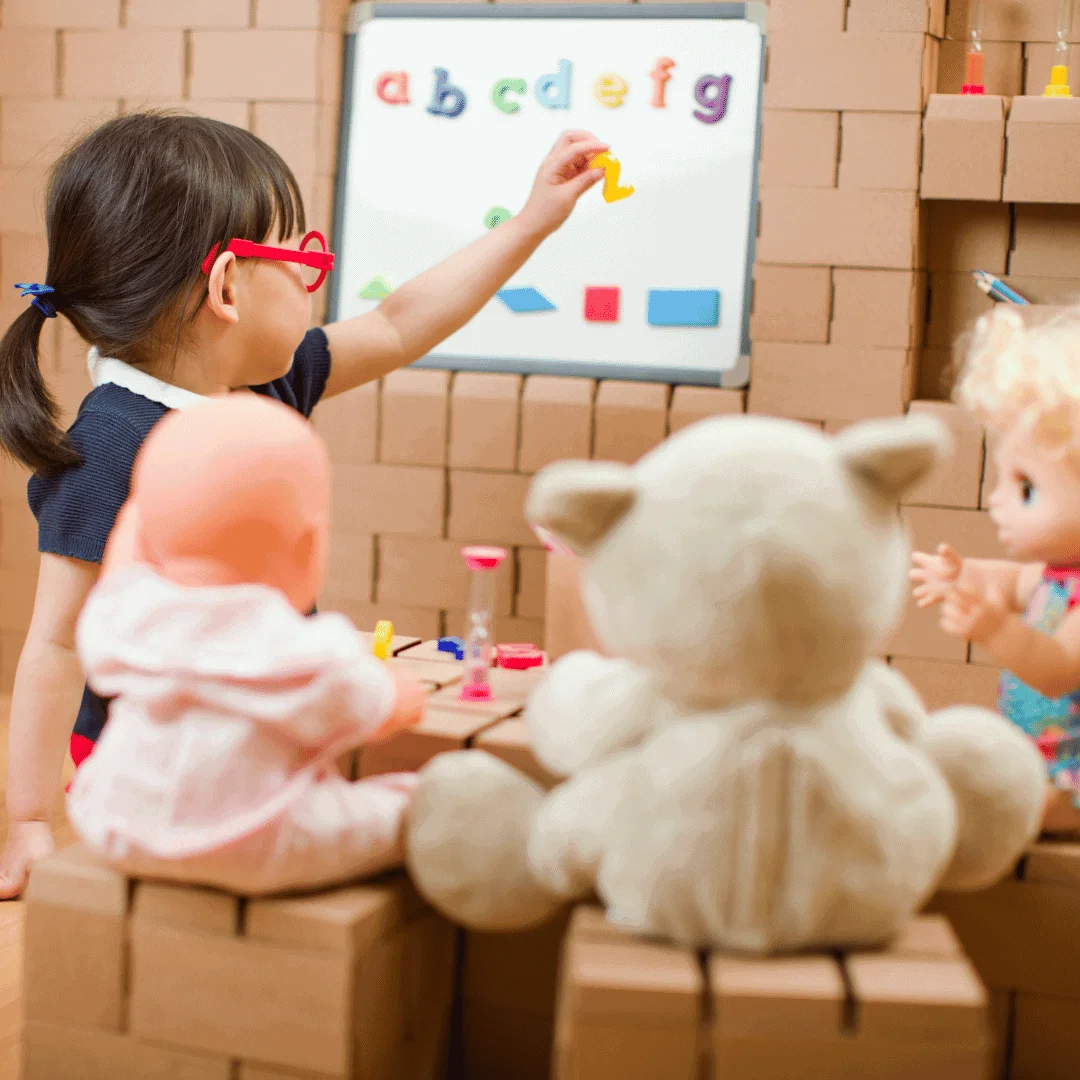
Read Books and Interact With Other Media About Going to Kindergarten:

This image was created with the help of DALL-E 3 AI
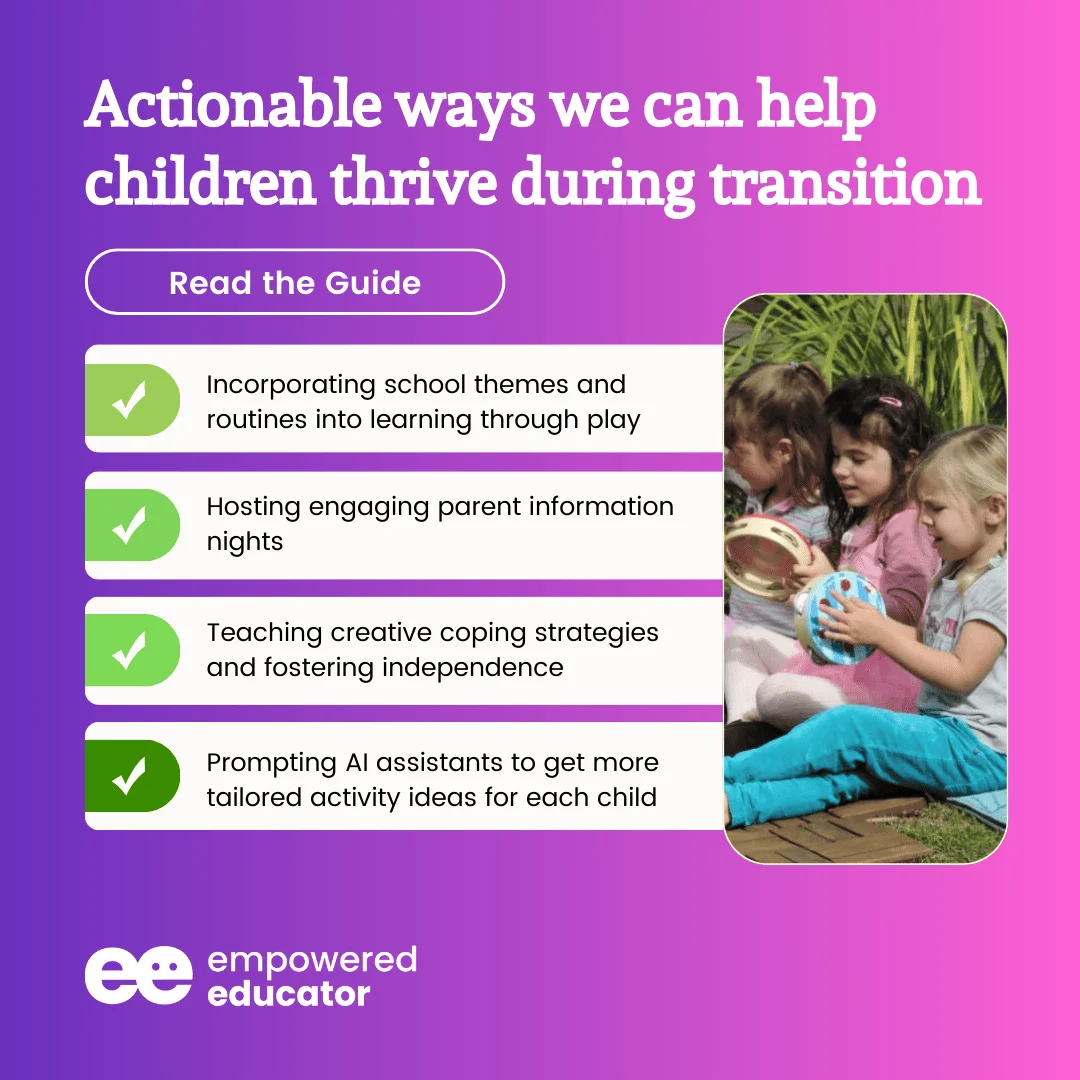
Create a Visual Schedule of Yearly Events:
Explore Emotions around Change Using Play-Based Activities and Experiences:
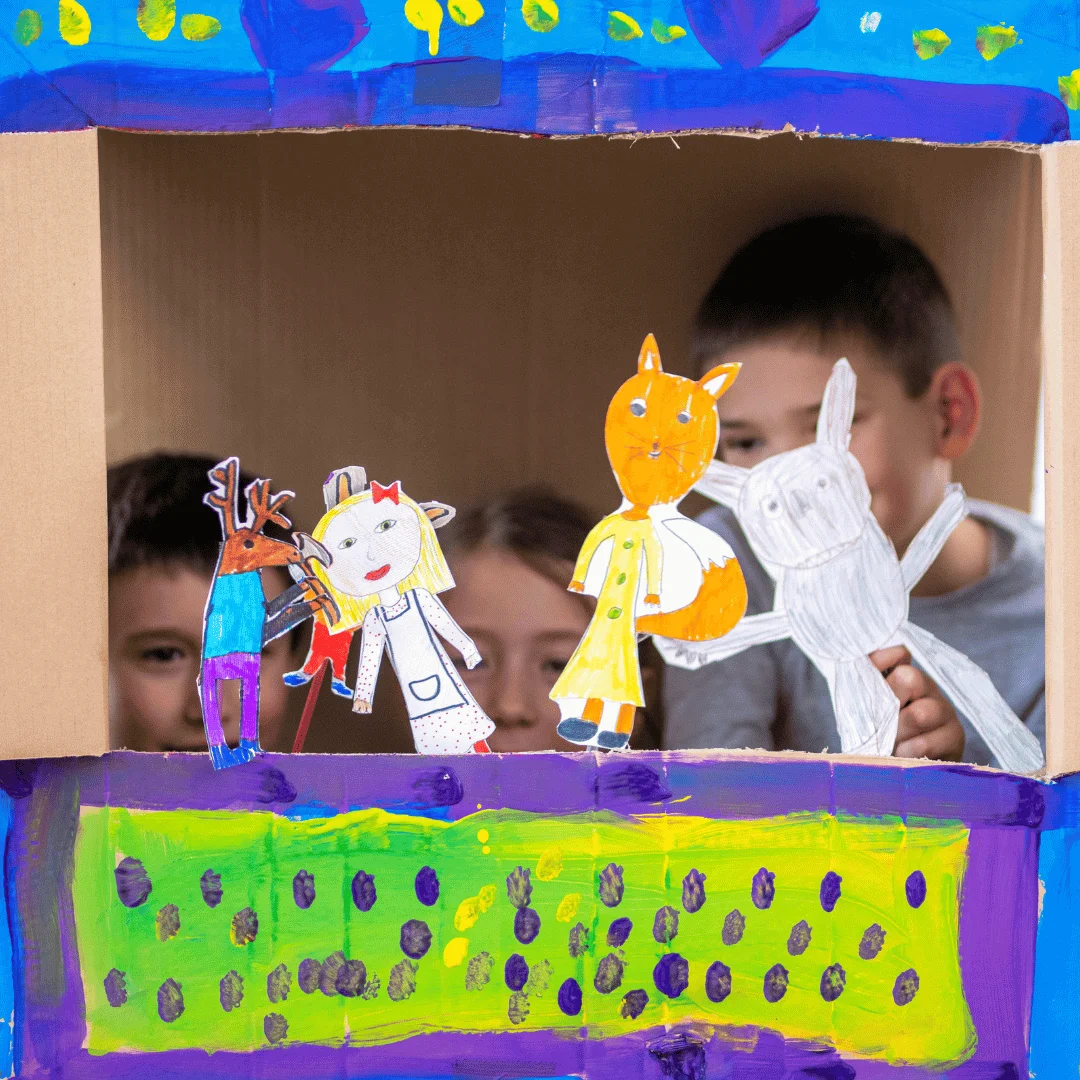
Involve Children in Discussions and Activities Focused on the Transition:
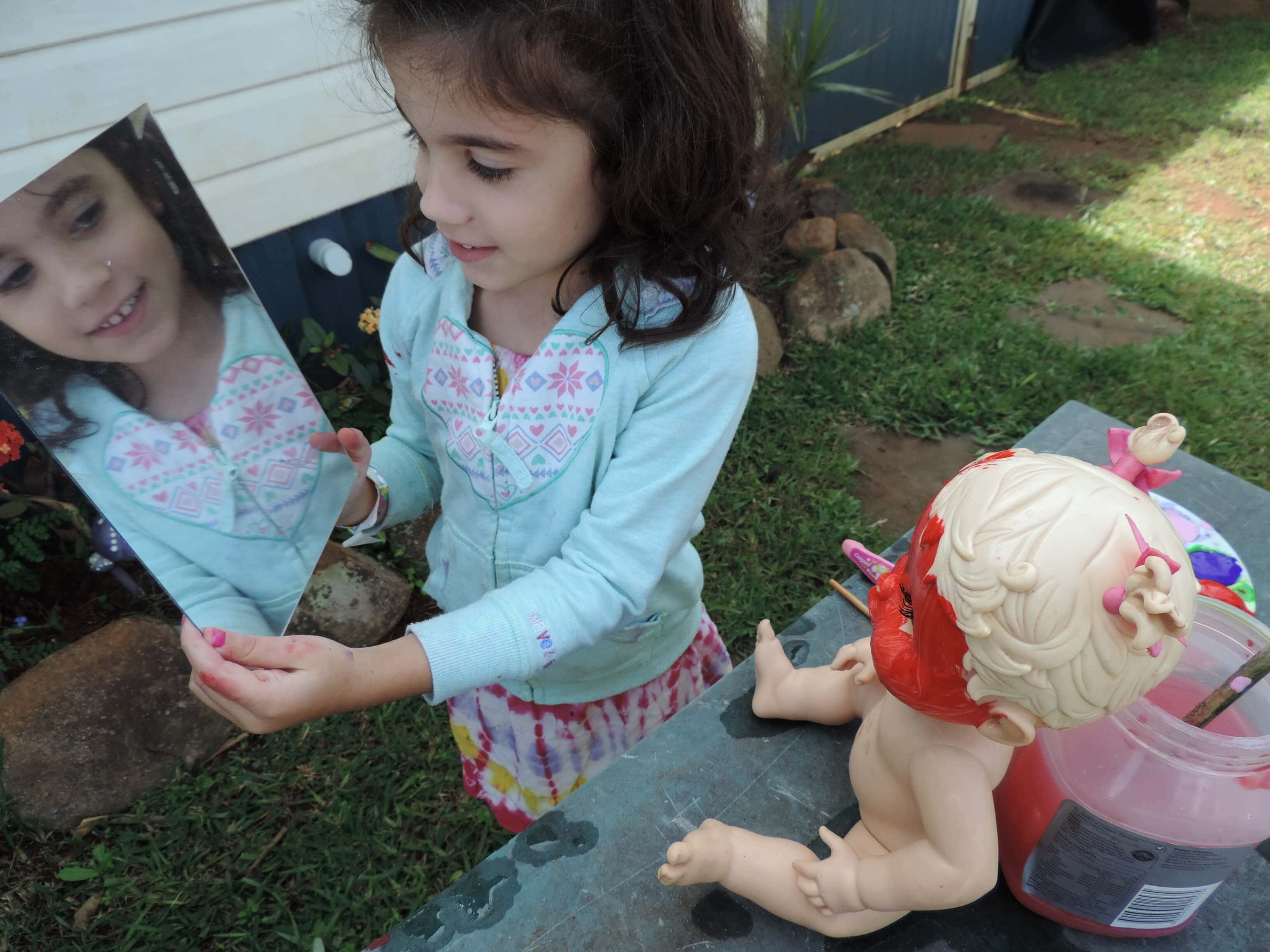
Document Children's Progress in Key Skill Areas:
How Could An AI Education Assistant Help?
Try the following example prompts with an AI Chatbot to help you explore the possibilities :
AI Assistant Prompt :
How it helps you:
AI Assistant Prompt :
How it helps you:
AI Assistant Prompt :
How it helps you:
Collaborate with Families for a Smoother Transition
The transition to school isn't just a big step for children - it's also a significant change for their families.
Parents and caregivers often face a mix of emotions: pride at their child's growth, excitement for the new experiences that lie ahead, but also anxiety and uncertainty about the changes to come.
As educators, we can play an essential role in helping to ease these concerns and actively involve families in the transition process.
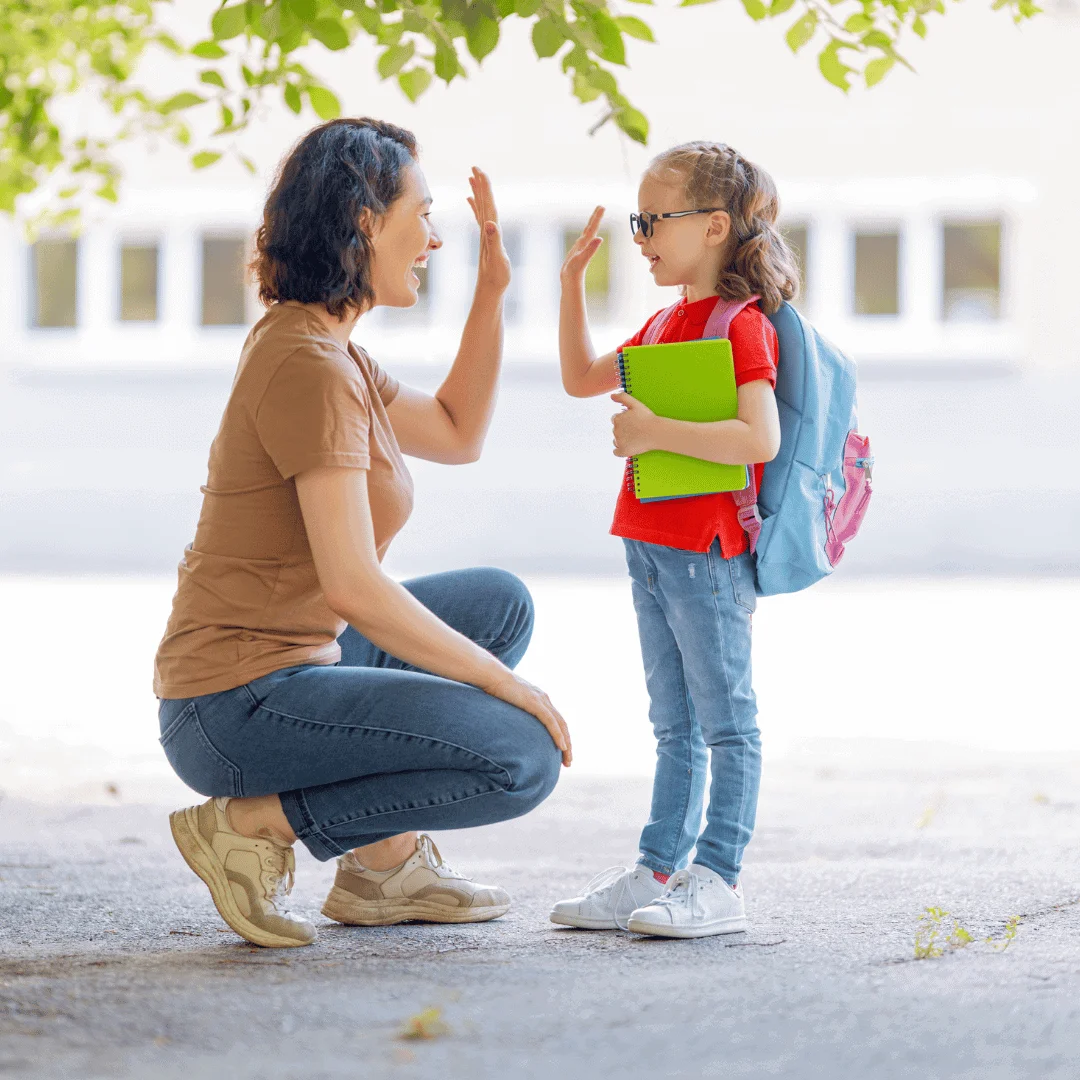
Try some of these ideas:
Respond to Family Concerns:
Start by acknowledging and addressing any anxiety and concerns parents may have. This could be done through one-on-one meetings, group discussions, or written communications.
Provide reassurances about the support systems in place and share practical tips and resources on how they can help their child prepare for the transition.
Build Strong Relationships:
Foster strong, trusting relationships with families. This not only helps alleviate their concerns but also ensures that they feel comfortable and confident in discussing any questions or issues that may arise.
Support Communication & Role Play:
Supply parents with playful idea sheets or example conversation starters they can use to discuss the transition to school regularly with their child.
This could include storybooks, simple activities that they can do at home like setting up a 'school corner' in the lounge, practising school routines with a bell or buzzer before having lunch or morning tea etc or even collaborating with you on putting together the child’s ‘social story’.
Encourage parents to actively participate in their child's learning, whether that's by reading together, playing educational games, or simply talking about their day at school.
Maintain open and transparent communication with families. Regular updates about their child's progress, upcoming changes and events, and ways they can help can make the transition to school more empowering for everyone involved.
Liaise with Local Primary Schools:
Maintain communication with your relevant local primary schools and teachers. Share information about their planned processes and events with parents and facilitate connections between families and these schools.
Provide Easy to Read Handouts:
Provide parents with visual handouts detailing the school registration steps. This can make the process easier and less stressful for families, particularly those who are sending a child to school for the first time or do not have English as their first language.
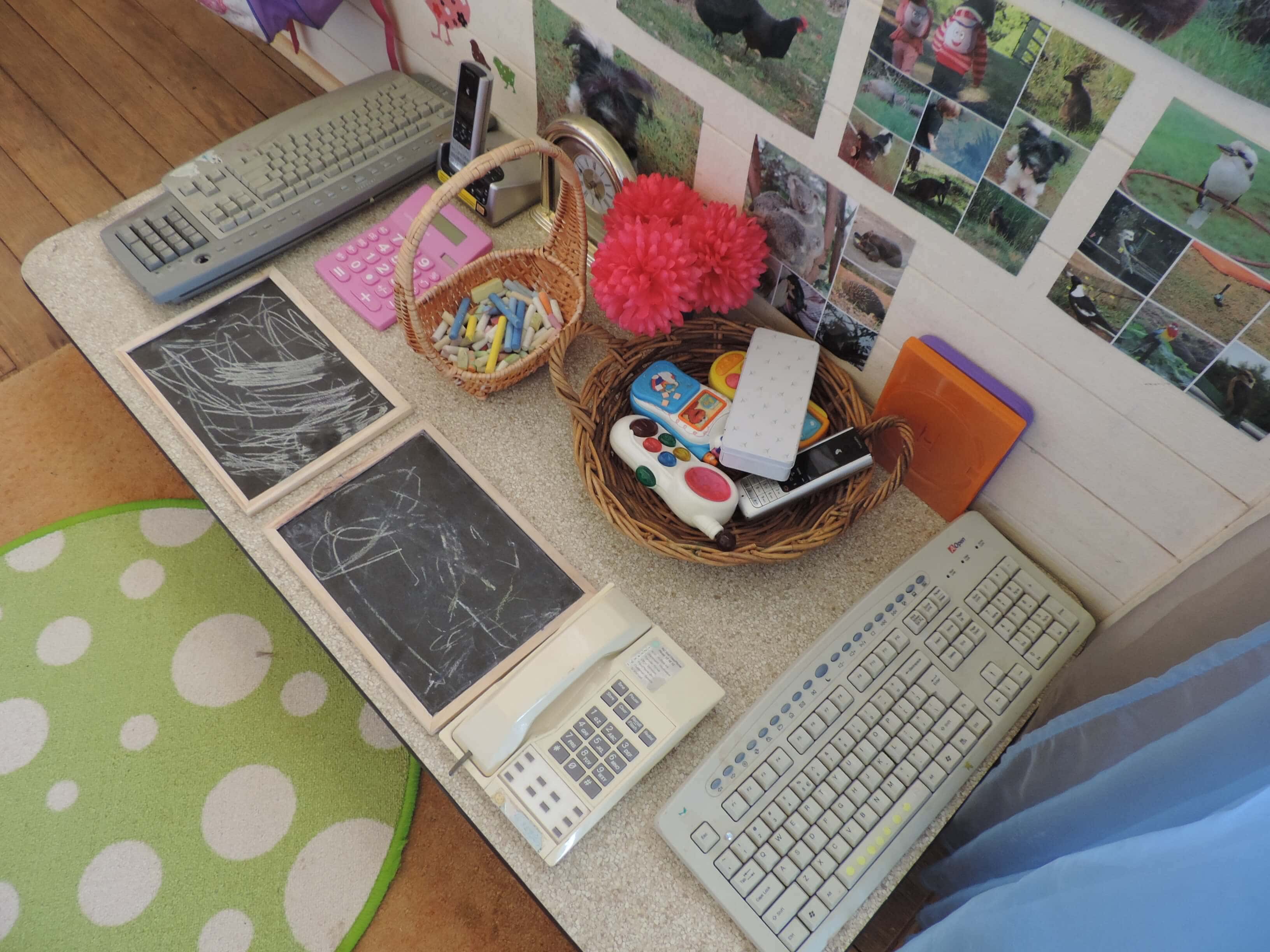
How Could An AI Education Assistant Help?
Try the following example prompts with an AI Chatbot to help you explore the possibilities :
AI Assistant Prompt :
How it helps you:
AI Assistant Prompt :
How it helps you:
AI Assistant Prompt :
How it helps you:
Engaging families in the transition from preschool to school is a collaborative effort that benefits not just the children, but the entire school community.
Another important element to incorporate into our planning and transition to school strategy is thinking of playful ways to support children's emotional resilience during this significant transition.
Not sure where to start with this? Keep reading for some help!
Supporting Children's Emotional Resilience
As children transition from preschool to school, they are faced with a host of new experiences and challenges. Adjusting to a new environment, making new friends, and tackling a more structured academic focused curriculum can be overwhelming.
Therefore, nurturing their emotional resilience before and during this phase is absolutely crucial.
To put it in simple terms, emotional resilience is the ability to cope with and bounce back from adversity. It helps children navigate these changes with confidence and positivity.
Here’s a few tips to support your planning:
Promote Emotional Literacy:

Create a Supportive Environment:
Teach Coping Strategies:
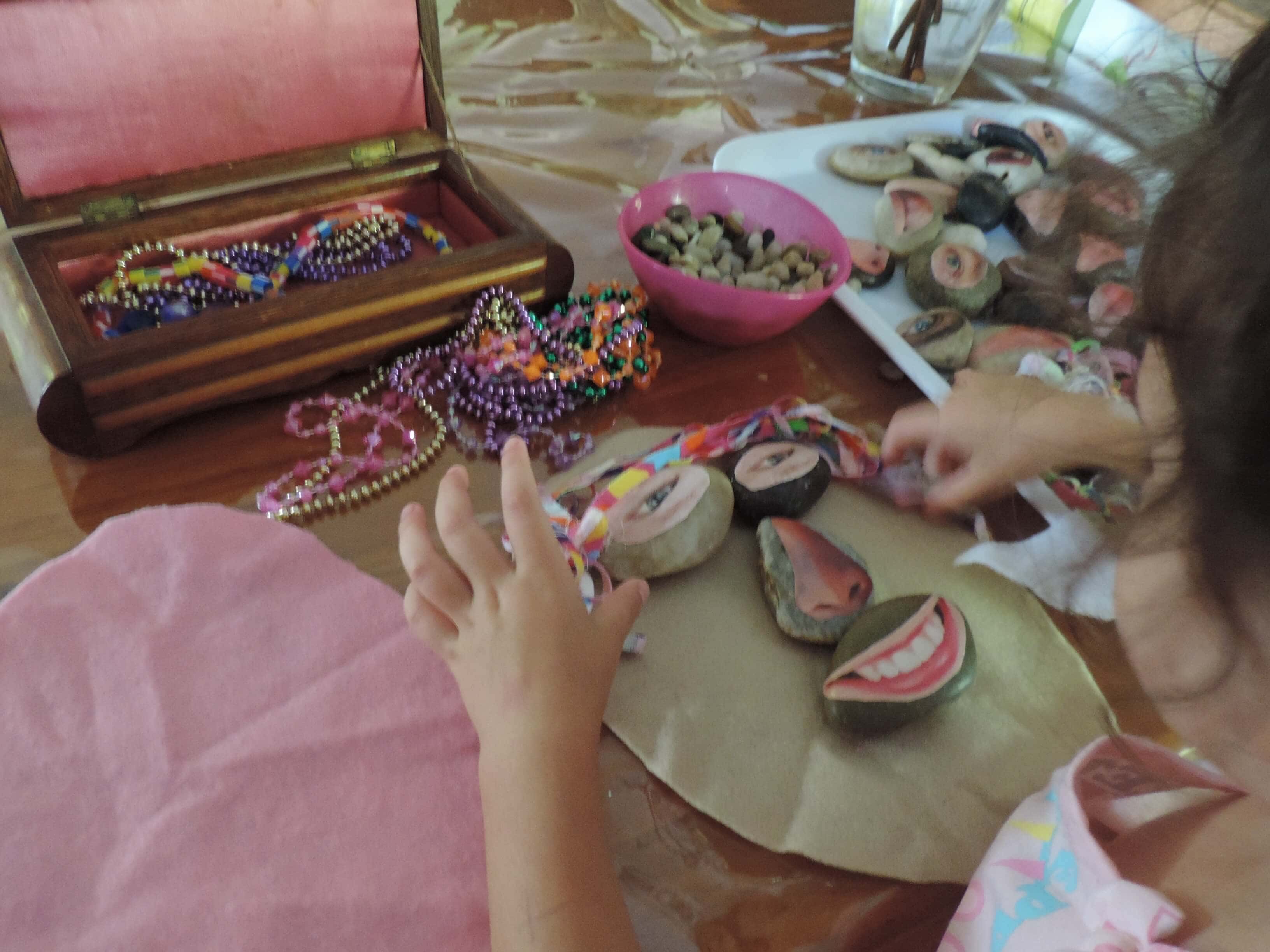
Stay Consistent:
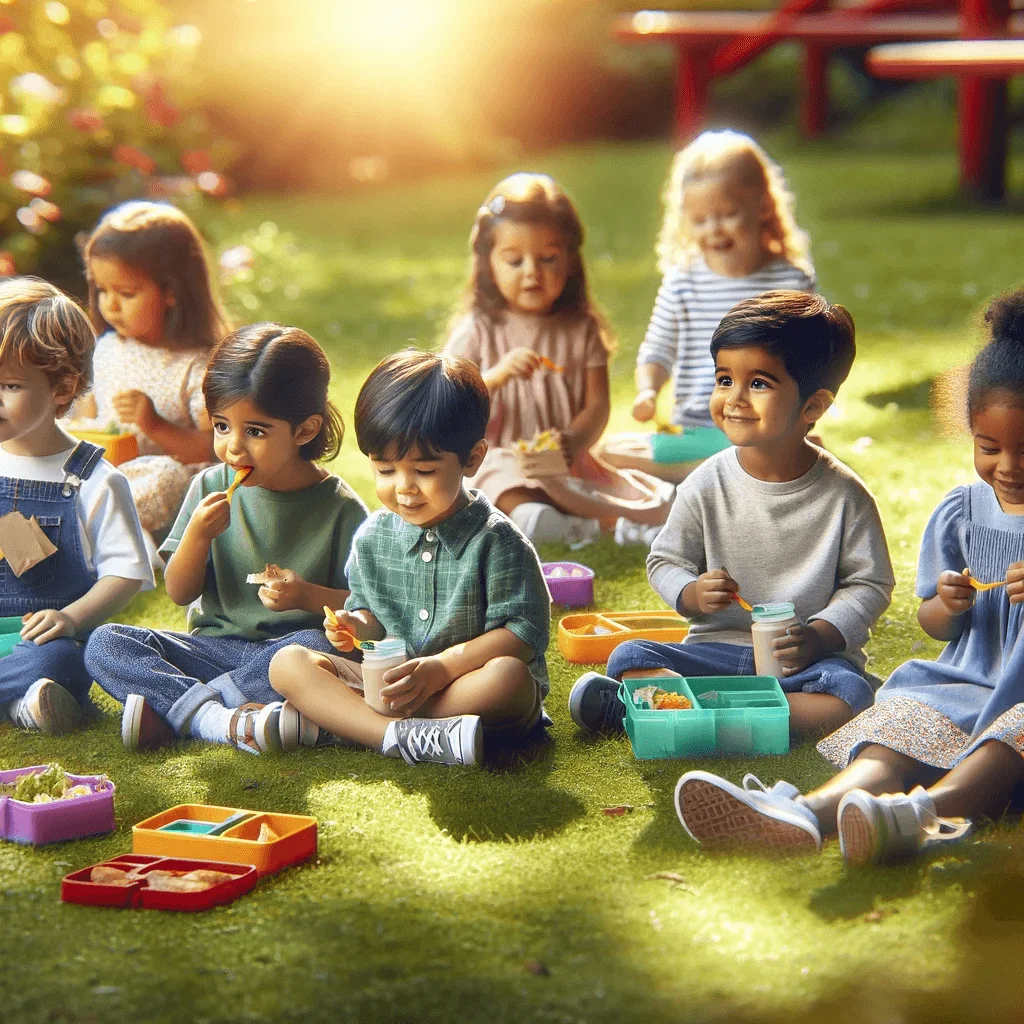
This image was created with the help of AI
Recognise & Celebrate Success:
Next, we'll explore some more hands-on strategies and activities you can use in your early learning environment to help children build essential self-regulation skills…
Supporting Children to Self-Regulate
Self-regulation is an important skill that children need to develop as they grow. It allows them to manage their emotions, behaviours, and body movement when they're in a challenging situation.
It also helps them to focus, learn, and interact positively with others. If you need a little inspiration, try some of the following strategies and activities that can help children develop this essential skill in play based early learning program.
Fun and Easy Calming Techniques
Breathing exercises are a simple and effective technique to teach children self-regulation. These exercises help children slow down, focus on their breath, and regain calm when they feel overwhelmed.
Here are a few child-friendly exercises:
These techniques are fun, easy, and can be done anywhere, helping children calm down independently when they feel stressed or anxious.
You’ll find fun breathing activities and mindfulness games like this to use inside the Academy for Empowered Educators Wellbeing Hub.
Flexible Seating Areas and Sensory Materials
Another strategy to promote self-regulation is through the way you set up your learning environments - indoors AND outdoors.
Establishing flexible seating areas where children can choose where they feel most comfortable can help them focus better on their early learning. This could include options like bean bags, cushions, mats, or low tables.
Providing sensory materials can also support self-regulation. Sensory play involves engaging the child's senses (touch, smell, taste, sight, and hearing), helping them to focus, relax, and regulate their emotions.
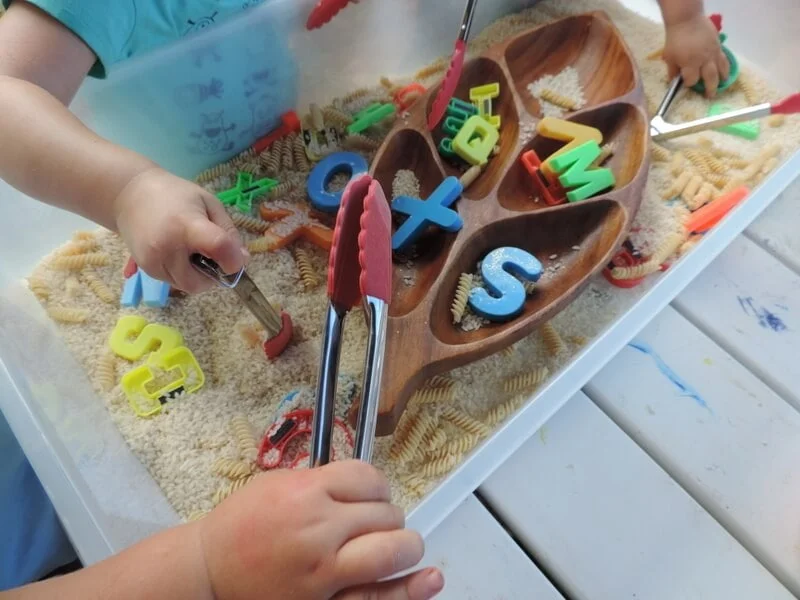
Simple Sensory materials for activities could include:
Visual Cues and Timers for Transitions
Transitions can be challenging for children, particularly those who struggle with self-regulation. Using visual cues and timers can make these transitions smoother.
A visual schedule that outlines the day's activities can help children understand what's coming next, reducing anxiety and resistance.
Timers, such as sand timers or digital timers, can provide a clear visual reminder of how much time is left for an activity, helping children manage their time and expectations.
Role Play and Focus Skills
Role play is a powerful tool for teaching self-regulation. It provides children with a safe space to practise and learn new skills.
For example, educators can role-play scenarios that require waiting, taking turns, or listening attentively. Through role play, children can practise these skills in a supportive, fun environment before applying them in real situations.
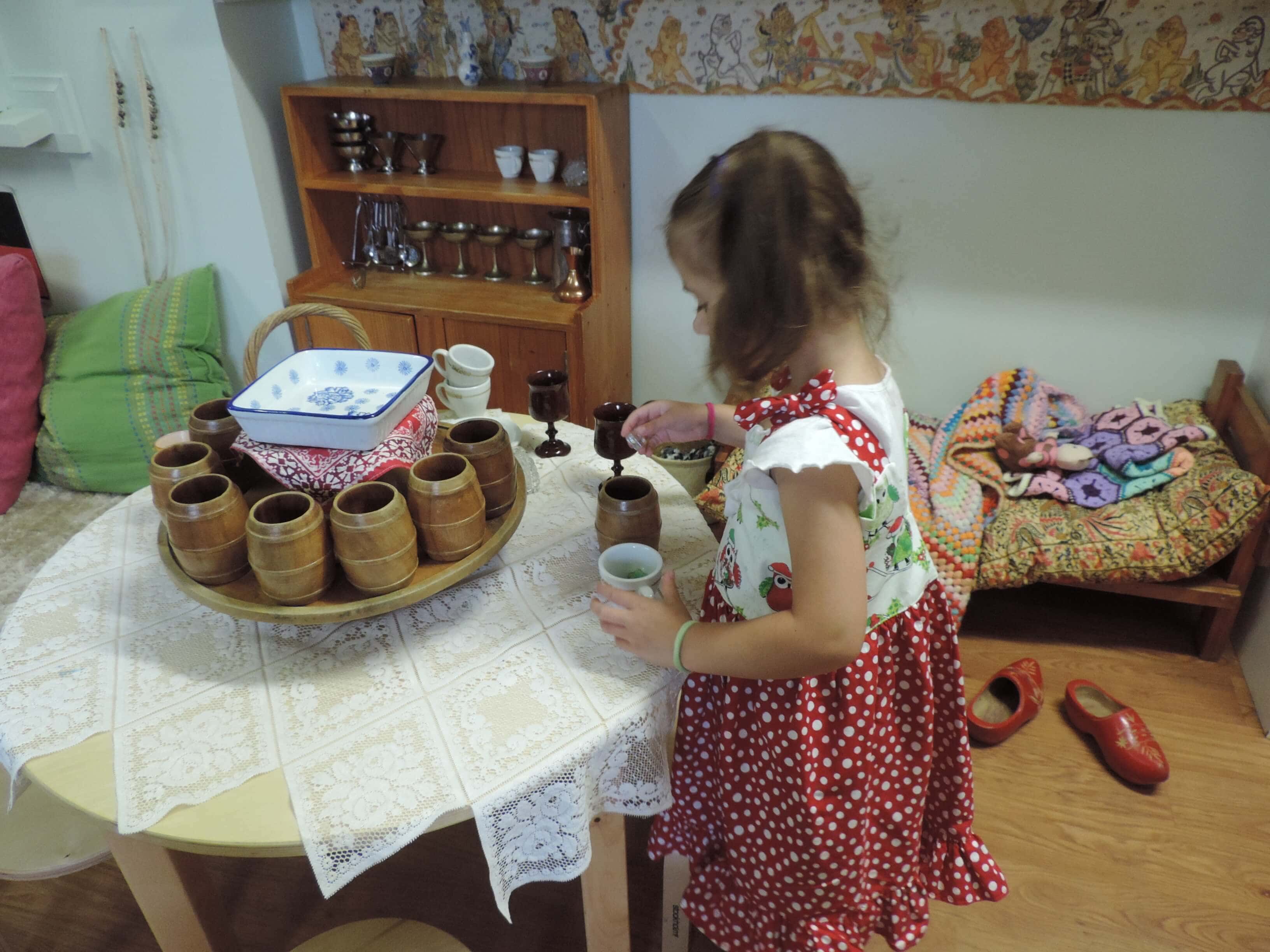
Nurturing Social Skills and Resilience Through Play
Here are ten additional, easy to setup, play-based activities you can add to your program regularly to help foster social skills and emotional resilience.
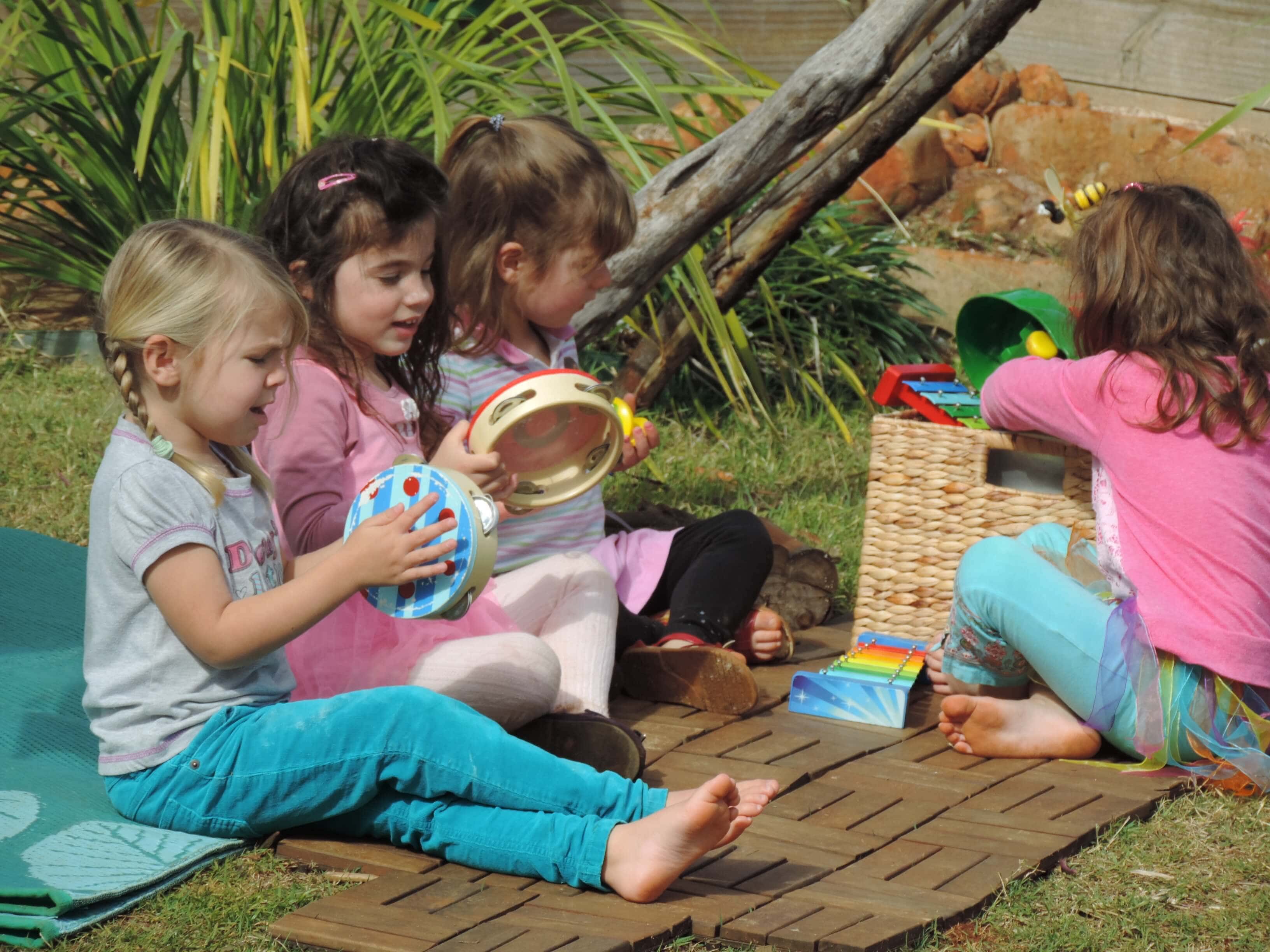
Although simple, these types of playful activities create a nurturing environment for children to develop social awareness, empathy, resilience, self-regulation and more - preparing them for school relationships.
We can capture progress through photos, videos and observations of their interactions and behaviours during this guided play.
And the learning doesn't stop once playtime is over! There are also plenty of ways we can foster independence across routines, play, and environments…
Nurturing Independence & Self-Reliance in Young Children
Children who can manage tasks independently tend to feel more self-assured and resilient. These traits are so important for the transition to kindergarten!
As educators, we can provide opportunities that promote autonomy across our early learning environments. This empowers children to become:
Independent
Self-sufficient
Confident learners
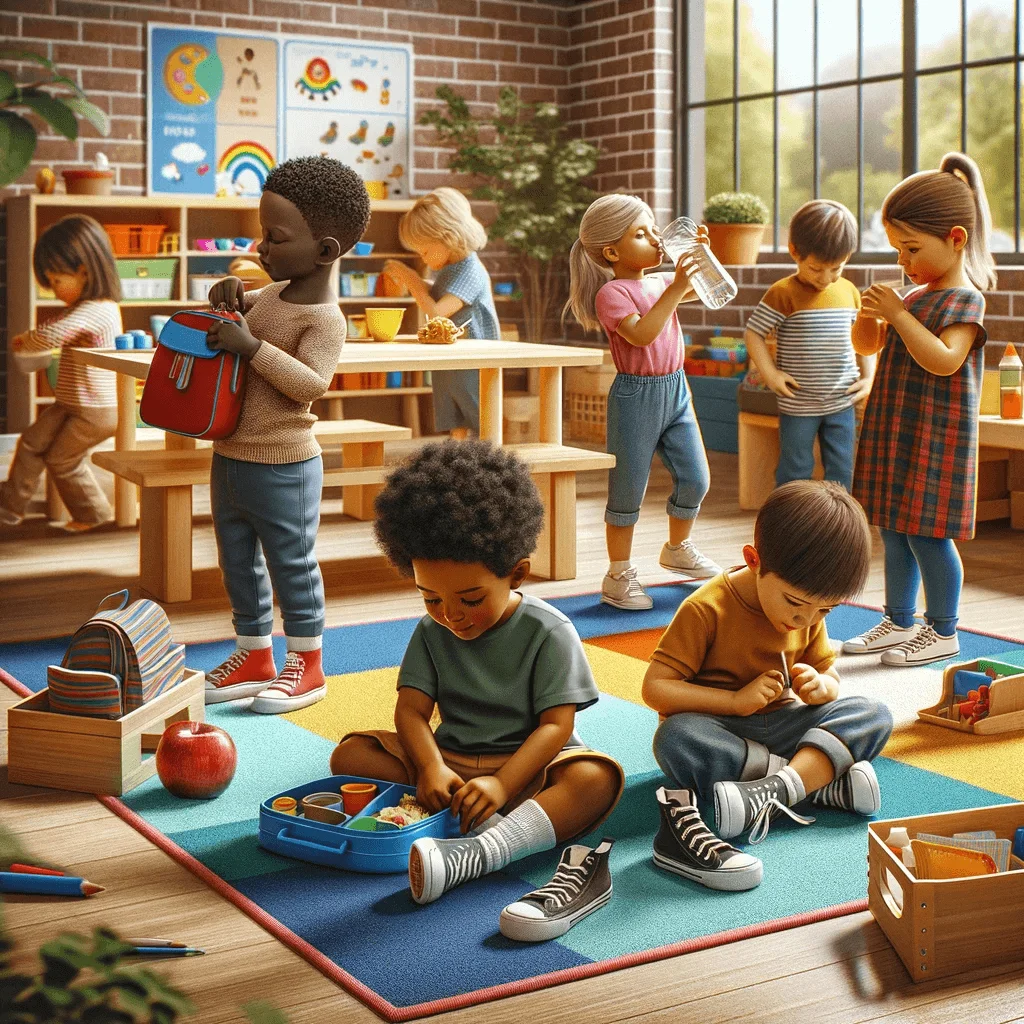
This image was created with the help of DALL-E 3 AI
Everyday Ways to Encourage Independence:

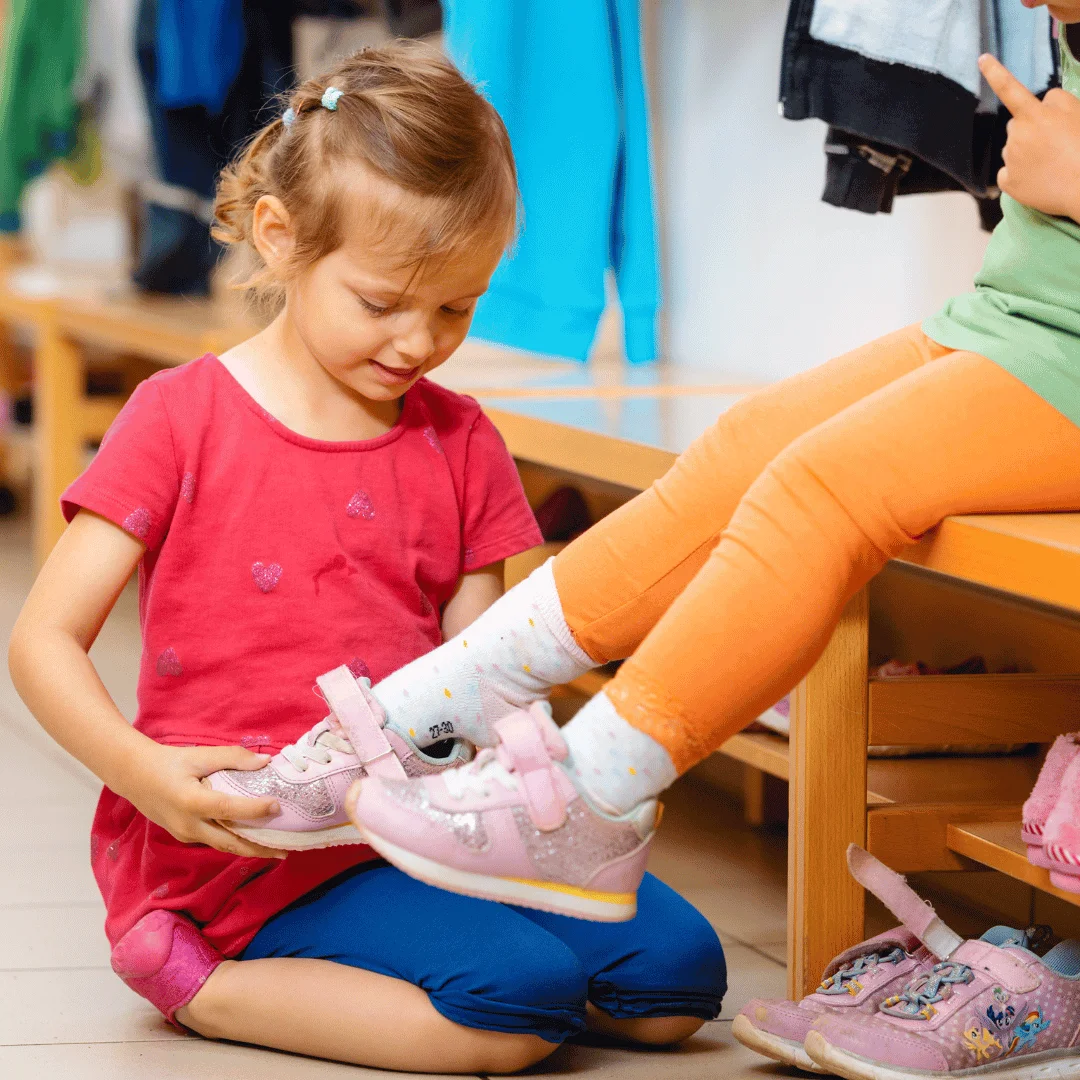

jodie clarke - the empowered educator
When children take ownership of tasks and make contributions independently, they gain the self-belief needed to take on new challenges ahead.
Each of these strategies and activities can be adapted to suit the unique needs and abilities of the children in your care, ensuring that they are all empowered to grow and learn independently.
With practice and access to plenty of playful learning opportunities like those I’ve shared above, children will become more comfortable managing their emotions and behaviours over time, leading to increased confidence and resilience before they transition to ‘big school’.
How Could An AI Education Assistant Help?
Try the following example prompts with an AI Chatbot to help you explore the possibilities :
AI Assistant Prompt :
How it helps you:
AI Assistant Prompt :
How it helps you:
AI Assistant Prompt :
How it helps you:
AI Assistant Prompt :
How it helps you:
AI Assistant Prompt :
How it helps you:
These prompts will help you as an educator to receive more useful and tailored to you type recommendations from the AI Chatbot on different, creative ways to foster independence through various program activities, day to day routines and intentional teaching.
Throughout this Part 1 guide I've given you many strategies and ideas that I hope will help you to make planning and preparing children to be ready for school less stressful for you and more engaging for the children.
In part 2 of this Ultimate Educator’s Guide to Transitioning Children from Preschool to School blog series, I'll breakdown more ways you can support and extend children's readiness for a transition to school with examples of playful activities and experiences that you can incorporate into your program easily to support and encourage a wide range of skills that will be important to develop throughout the year.
I'll also give you some prompts to use with an AI chatbot that will make writing those transition statements easier and more meaningful.
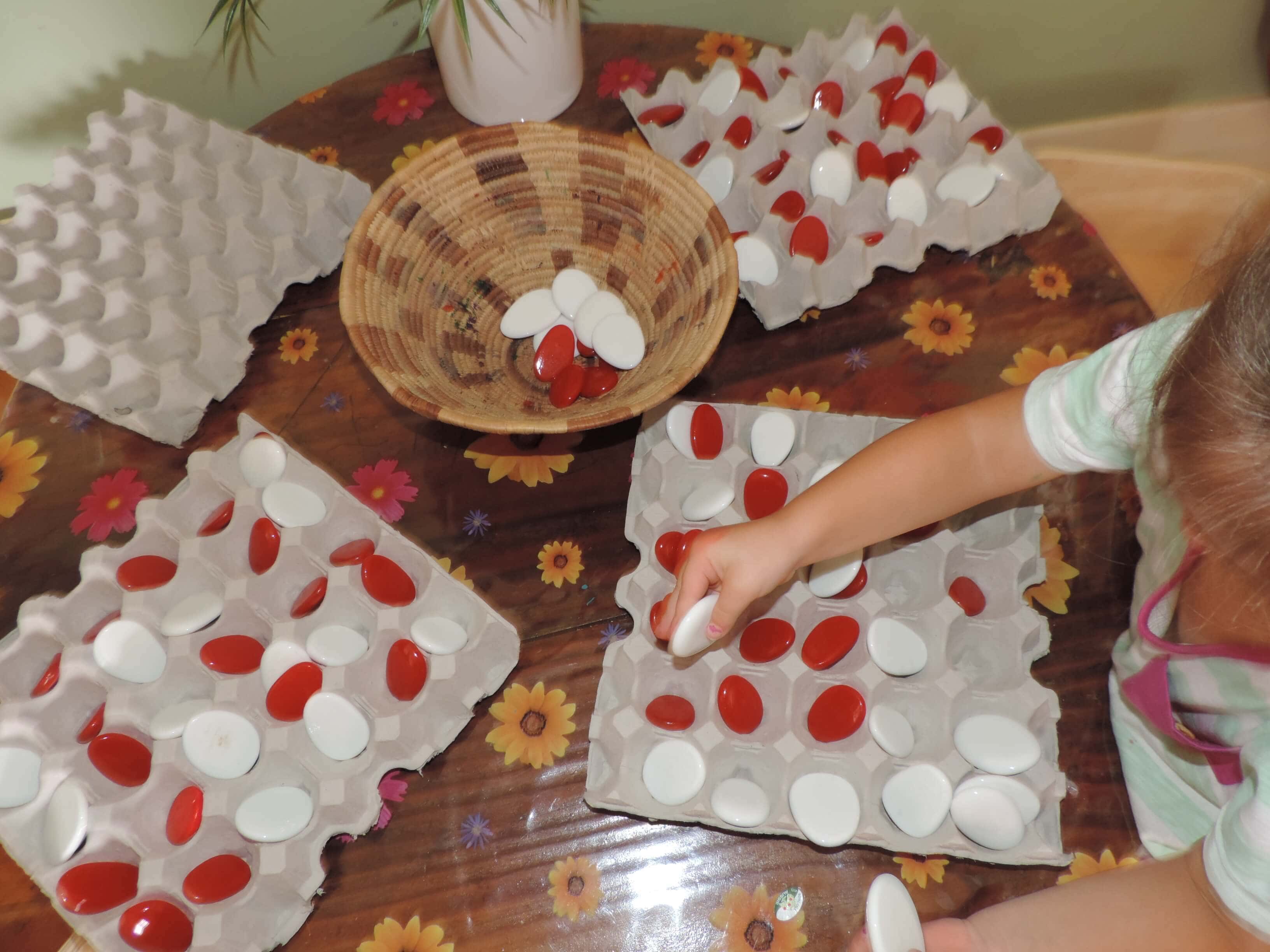
Tips To Reflect, Continue Learning & Take Action...
Before you go, let’s take a look at a few questions you might want to ask to support your reflective practise and further learning in this area:
Having a conversation with an AI assistant is very similar to chatting with a colleague or mentor. You simply type out your questions or prompts in normal, conversational language - there's no need to use special keywords or phrasing. Speak to the AI naturally as you would speak to another educator.
Nope! No special vocabulary is required when prompting the AI. Avoid using complex educational jargon, but otherwise you can phrase your prompts however feels natural to you. The AI is trained to analyse the overall meaning, so you don't have to worry about getting the wording exactly right. Just be casual and conversational.
The key is giving the AI some specific details and context about what information would help you. So instead of just asking "What are some activities for 4 year olds?" you could say "What are some fun art activities to help my 4 year olds explore counting and number recognition?" This helps the AI give you personalised, relevant recommendations.
But don't stress about it - if the AI doesn't understand your question, you can just rephrase it until your meaning is clear. The more you practise prompting, the easier it becomes!
I know using new technology like AI Educational Assistants can seem scary and it’s hard to know what to ask when you’re just starting to get USEFUL information that will actually save you time and provide better outcomes for children…not just generic answers anyone could have written that waste your expertise and knowledge.
But when you discover how to use this new option now available to us as educators to give you back more time with the children because you can complete your documentation in record time now…you’ll understand why I’m so passionate about making it easier for all early childhood professionals to access and use this amazing technology.
And that’s why I have personally trained, tested and set up my new AI Assistants & Mentors Team - now available exclusively to members of my Empowered Educator Academy to make their work less stressful (and most importantly, more rewarding and enjoyable once again!).
Unlike other generic chatbots out on the web that can have a time consuming steep learning curve for busy educators, the Academy's AI Assistants have extensive knowledge across all aspects of early childhood education and development.
This allows them to understand your questions and prompts, and provide helpful recommendations, ideas and responses that are more practical and modified for your specific requirements.
I’ve also provided you with tables of ‘done for you’ and ‘fill in the blank’ style prompts for every AI Mentor that you can use to take advantage of their areas of expertise like the EYLF, Documentation, Activities, Environments and Leadership.
What You Need To Know About The Academy's AI Assistants Team:
Developed by an experienced early childhood educator and director to meet your needs
Can answer questions about the EYLF, NQS, intentional teaching, observation methods, and more
Generate activity ideas, environment enhancements, and other suggestions tailored to your context
Save you time compared to general online searches
Available 24/7 for on-demand mentoring as part of the Academy membership
If you're looking for an AI Assistant that actually understands early childhood education and gives you fast access to support that is specifically aligned to the unique needs of early childhood professionals, I highly recommend joining the Empowered Educator Academy here to get access to your own AI Mentor 24/7 whenever you need help. It will make such a difference to your time management, the amount of documentation you write and most importantly your work/life balance!
Use books, role playing and open discussions to help them express their fears. Teach coping strategies and reassure them you’re there to help.
Address concerns directly, share tips to ease anxiety, maintain open communication and suggest ways to get comfortable with the new school.
Review their progress records, provide more scaffolding, and share key info with the kindergarten teacher so they can cater to the child's needs.
There are always challenges when preparing children to transition to school but focusing on responsive, play-based learning and the provision of engaging, supportive early learning environments that help children feel they belong will certainly help!
Let me know in the comments below if you have any other questions or would like help getting started with an AI Assistant...I'd love to hear if you've tried using AI yet and how it went for you!
Watch the example below to see what's now possible for you with a little guidance...
Why I'm Uniquely Qualified to Guide Your AI-Driven Planning Journey…
With over 30 years in early education, I've worn many hats and understand the diverse challenges educators face, from planning and documentation to juggling a work-life balance. As a Certified ChatGPT Expert, I'm now focused on making these tasks more manageable through ethical AI use.
My aim is to simplify AI for educators, offering customised digital chat tools and helpful resources that make planning less overwhelming and more achievable.
The ultimate goal? To give you the freedom to focus on meaningful interactions and playful learning opportunities with the children.
Let's collaborate to use AI tech in simple ways that free up your time for what you truly excel at and enjoy!


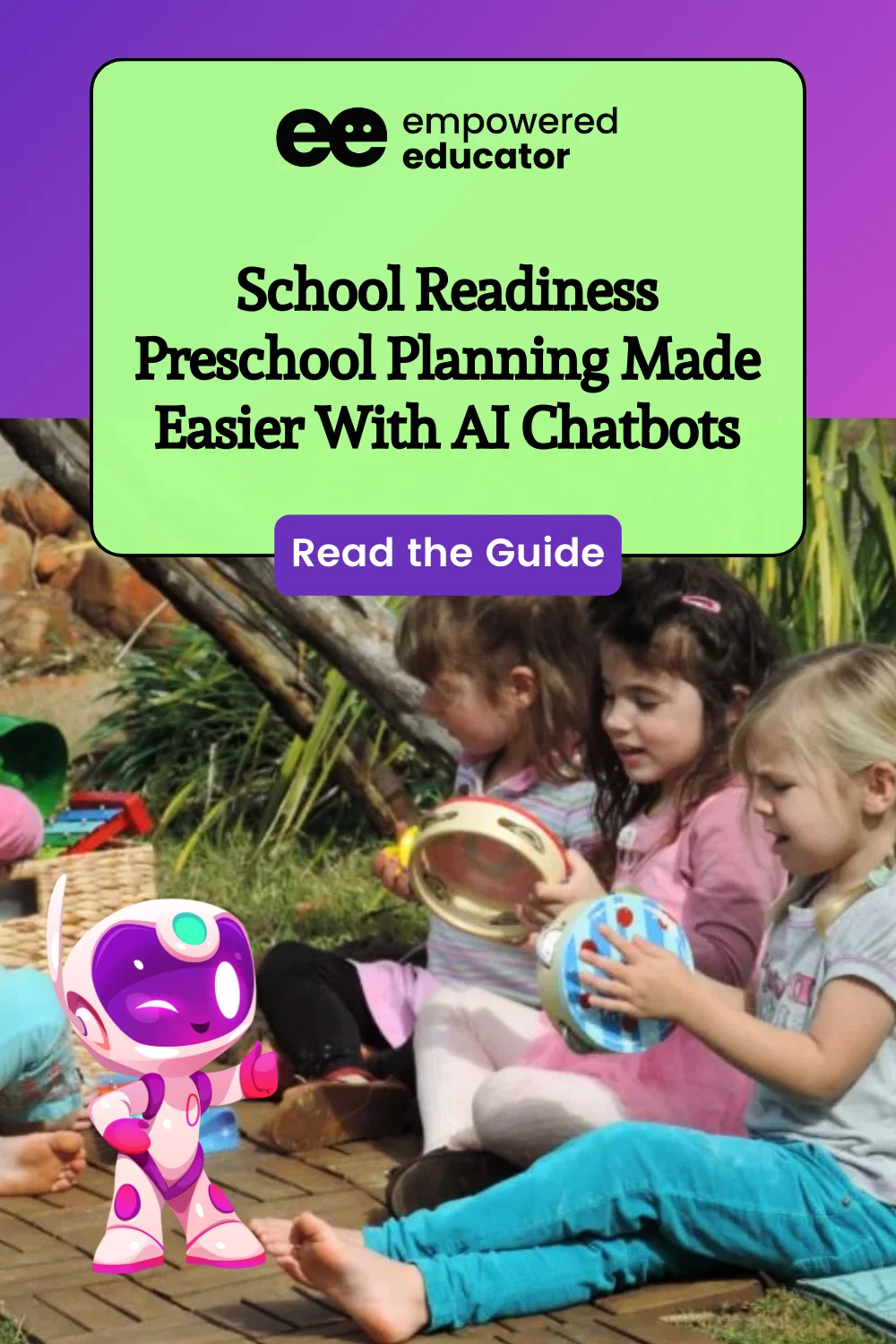
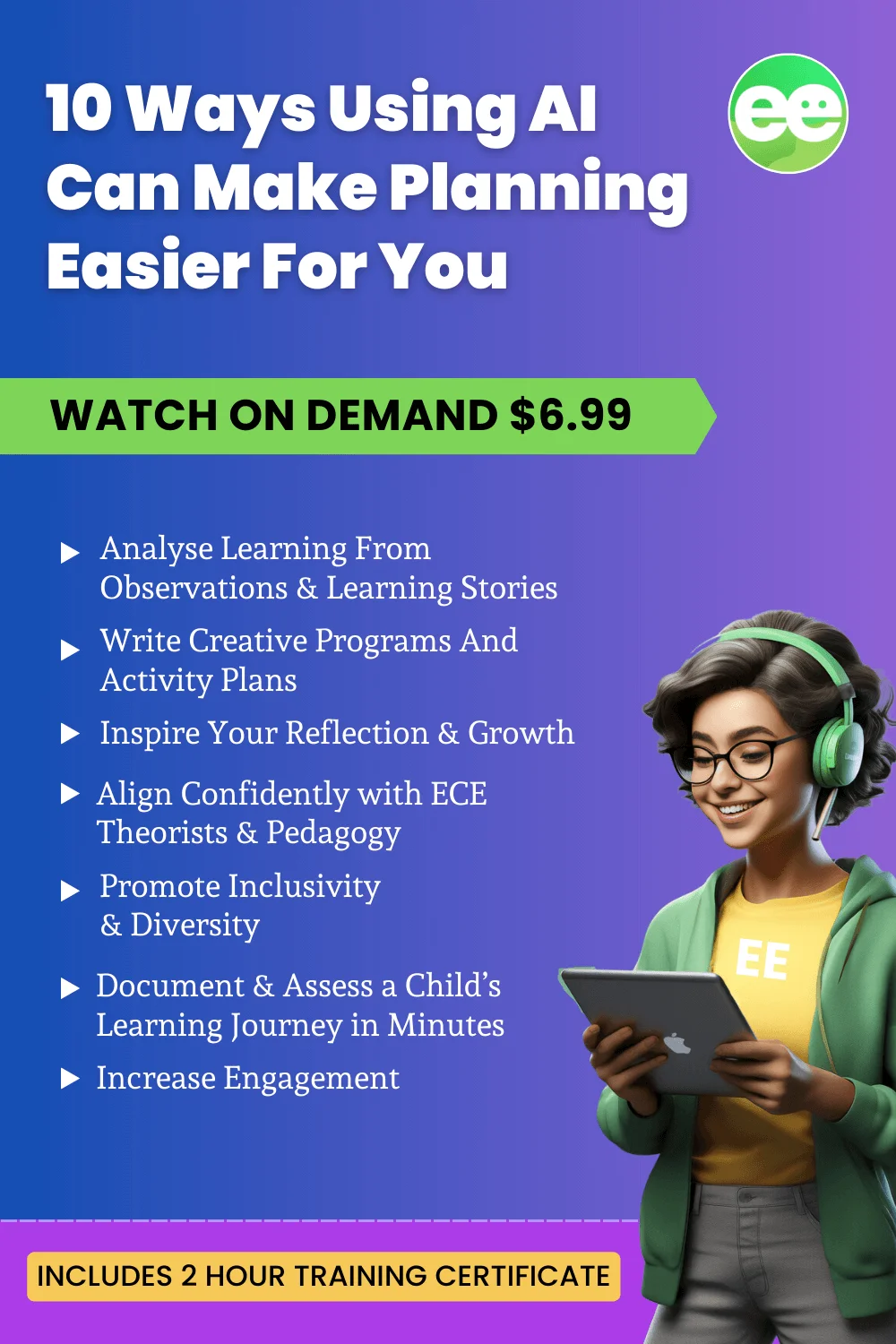
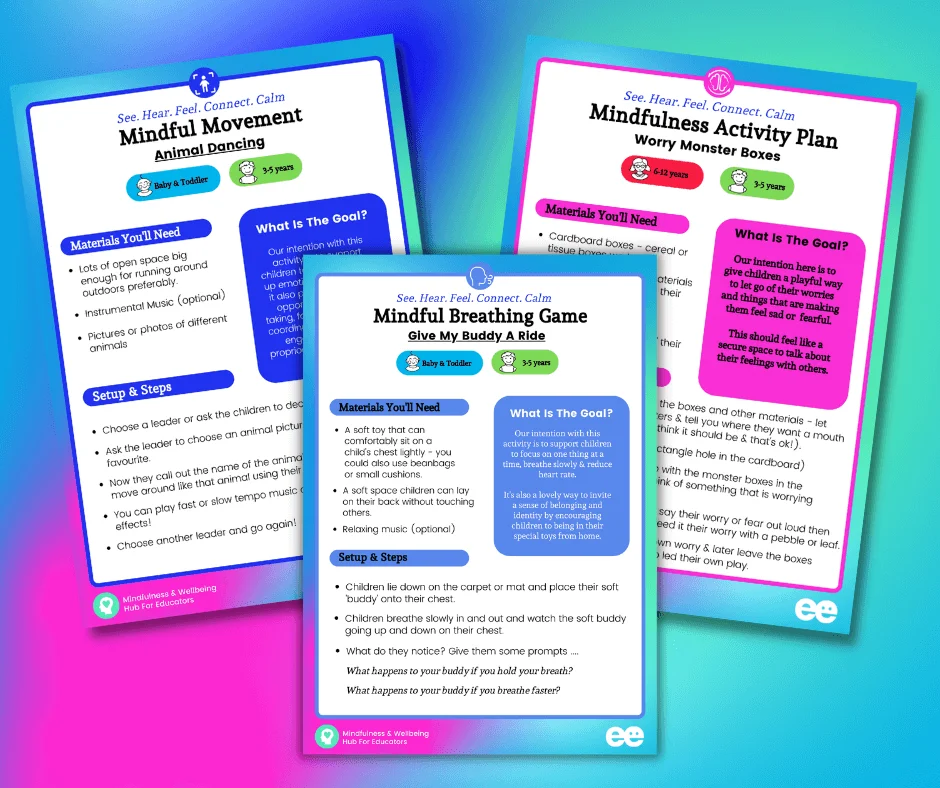
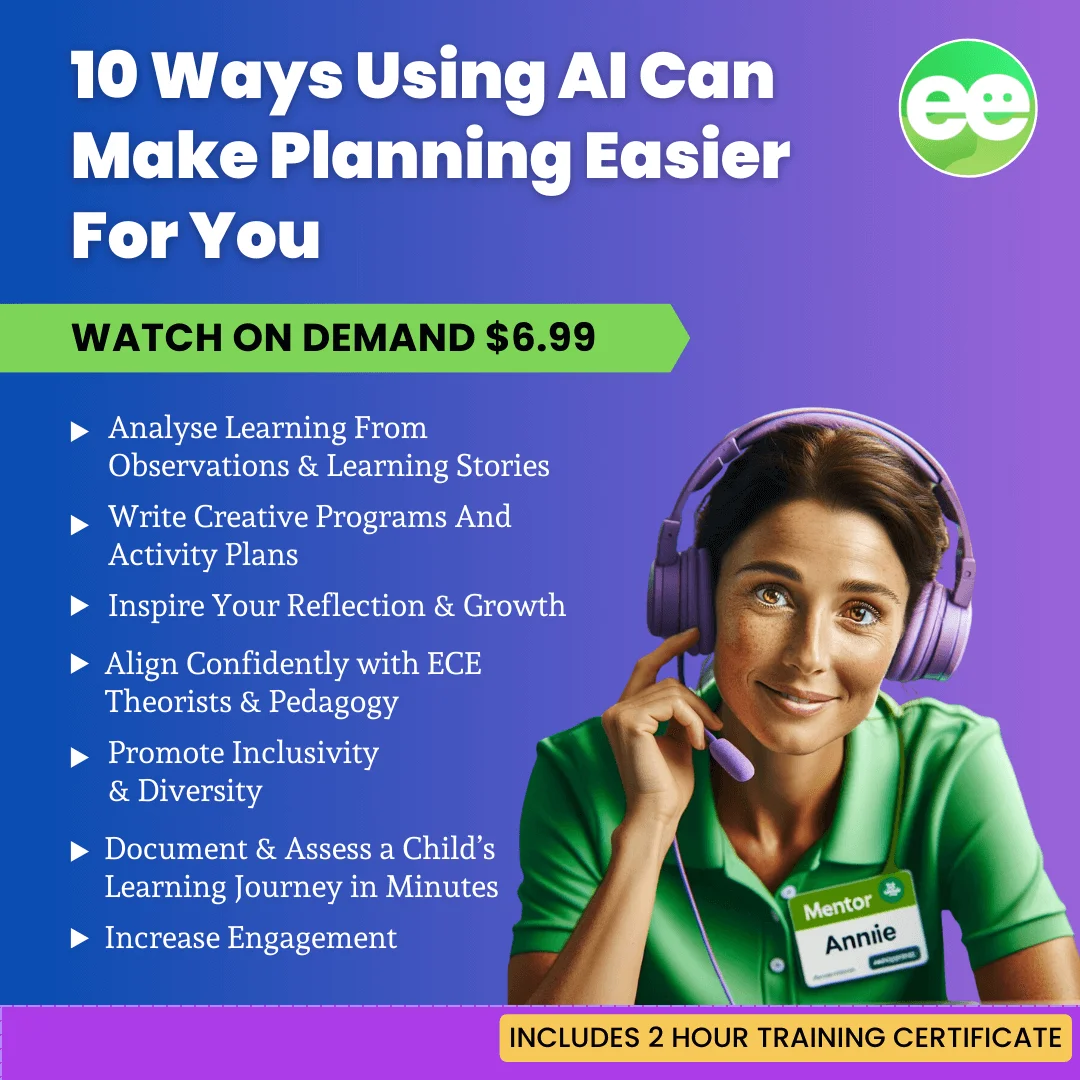
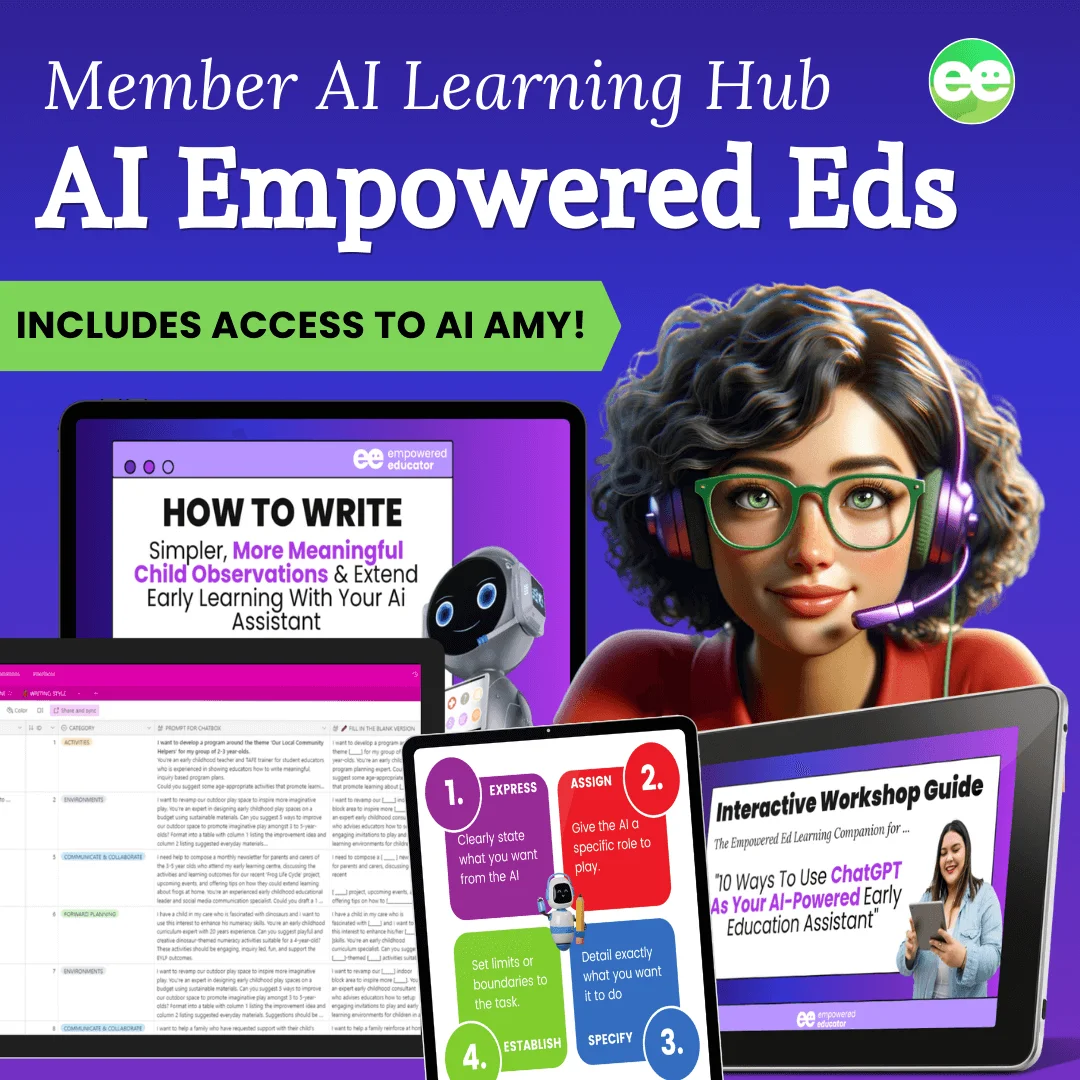
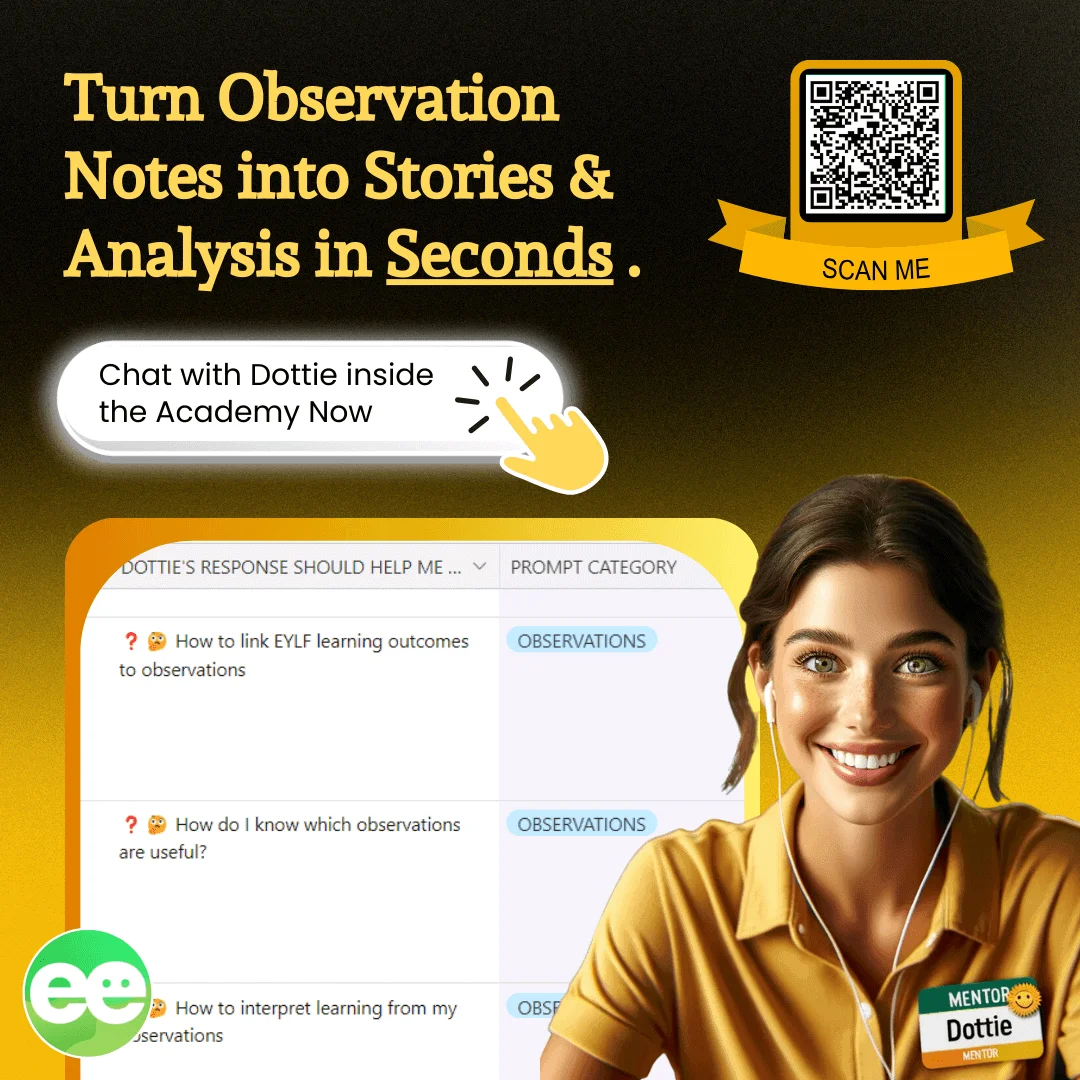
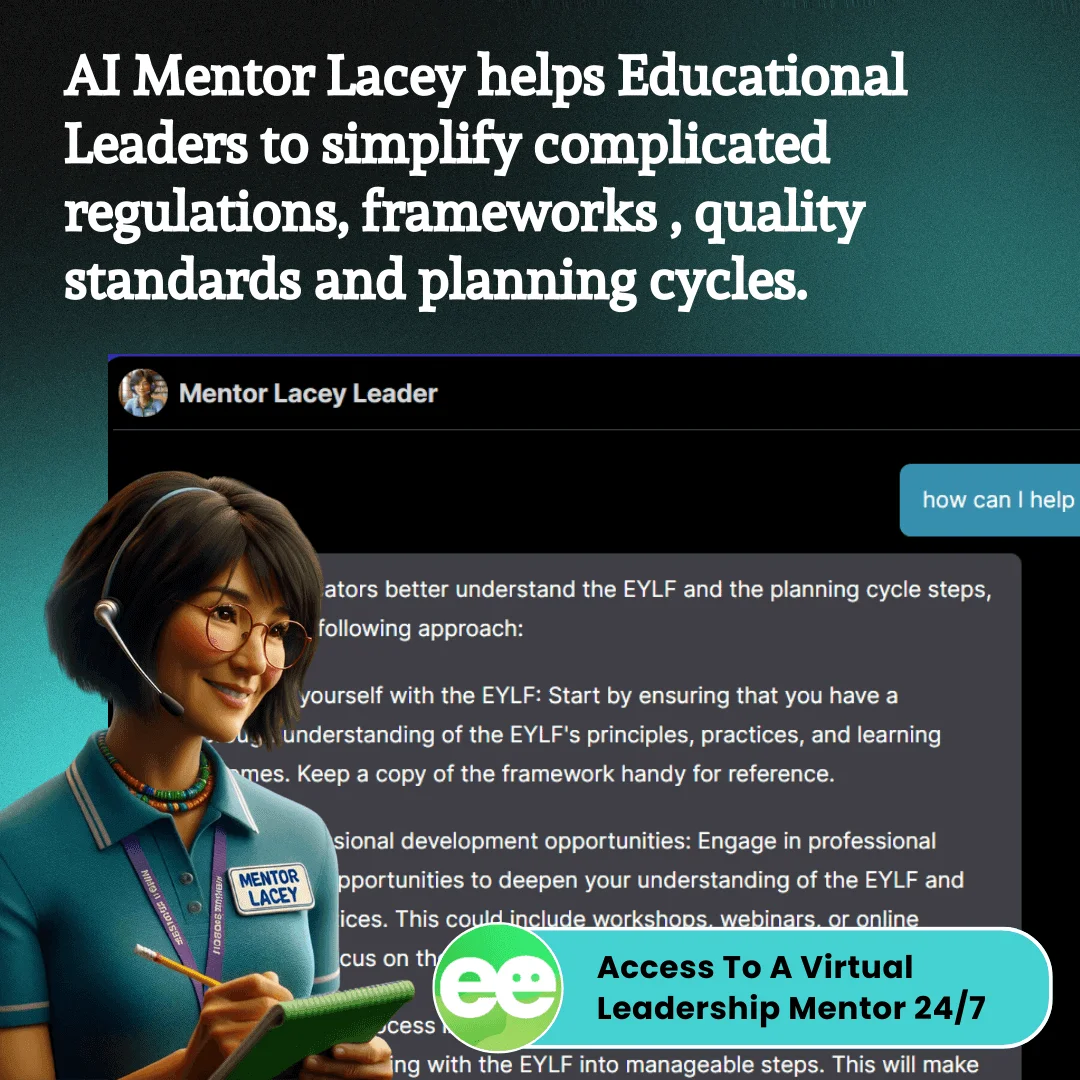
Leave a Reply